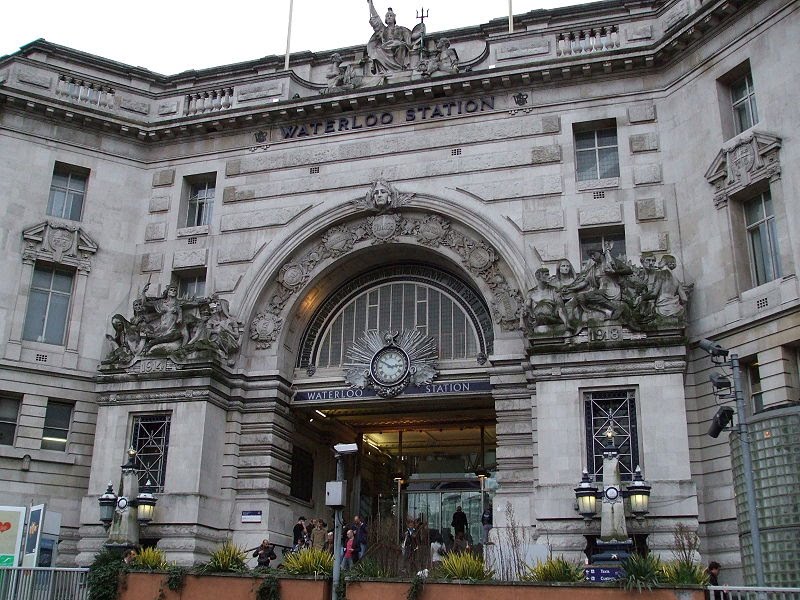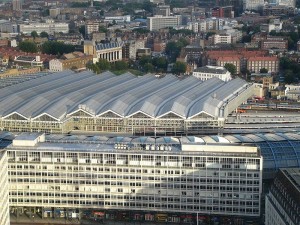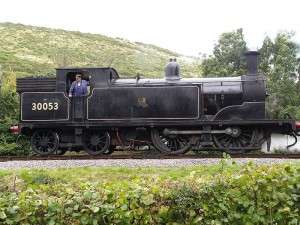Intrdoucing the LSWR and the GER Railways – Part 1!
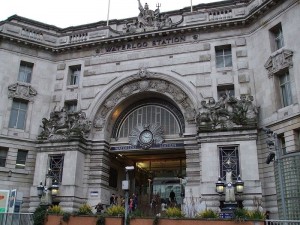
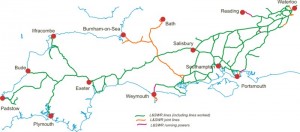 Click on each image for a closer look!
Click on each image for a closer look!
.
As discussed in earlier TRHA news postings, The Toronto Railway Heritage Centre and Roundhouse Park will be hosting the North American Premier of the acclaimed UK Musical “The Railway Children” starting in May this year. Two of the Stars of the show are a full size Steam Locomotive LSWR No.563 and a teak Directors Saloon Coach GER No.3. These two historic vehicles are coming to the TRHA from one of the premier railway museums in the world, the United Kingdom’s National Railway Museum in York, England. Future news features will detail the individual histories of these vehicles, but first we wanted to introduce you to the two railways in the United Kingdom which constructed these stunning pieces of railway equipment, the London and South Western Railway and the Great Eastern Railway (in the next News Posting on this topic).
.
The London & South Western Railway
.
The London & South Western Railway was founded in 1838, and existed until the “Grouping” in 1923, at which time the numerous large and small railways within the United Kingdom were reorganized into the “Big Four” regional railway companies. After “grouping” the LSWR was a part of the Southern Railway and many of the main lines continue to operate today carrying passengers from the southwest of England to the LSWR main terminus at Waterloo Station (see images above from Wikipedia) in London (the modern “International Station” at Waterloo was one of the previous homes of The Railway Children play).
.
The LSWR ran both long distance trains to Plymouth in the west of England and Boat Trains to the Southampton Docks along with extensive commuter services in south London. Some of the locations which may be well know to rail fans which were built by the LSWR include the aforementioned Waterloo Station, along with the famous steam motive power depot at Nine Elms and manufacturing plant at Eastleigh Works. The T3 locomotive coming to Toronto was constructed at Nine Elms, which was also the locomotive manufacturing plant for the LSWR in the years prior to Eastleigh Works locomotive shops opening in 1910. Many famous types of locomotives including the LSWR “King Arthur” Class, the Southern Railway “Lord Nelson”, “Merchant Navy” and “West County” classes of locomotives. In later years, Nine Elms would be a servicing point for southern locomotives, and as with many of the British Railways servicing sheds, be a magnet for young boys looking to spot locomotives and tick off types or individual locomotives in their spotters guides (an activity referenced by former Mayor David Miller when he was a young boy in England in his speech opening the TRHA last May!!).
.
Many of the lines built by the LSWR still exist today. Waterloo Station is still a major commuter hub for the south of England, with the train operating company South West Trains providing service over many former LSWR lines into the station.
.
For more on the London & South Western Railway, visit the London & South Western Railway Historical Society.
.
Below are a pair of photos that I took on a trip to the U.K. One one is of Waterloo Station as viewed from the the “London Eye”. The second is of an LSWR M7 steam engine which is preserved and operational at the Swanage Railway in the U.K.
.
For Part 2 of this News posting, click here.
.
Posting by Stephen Gardiner
.


